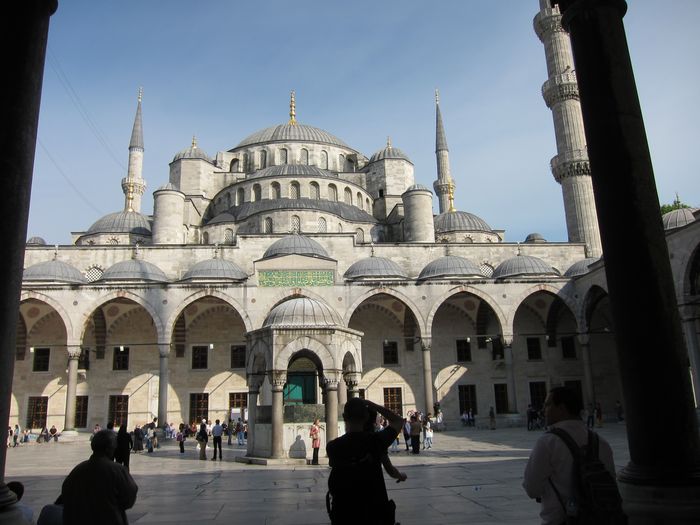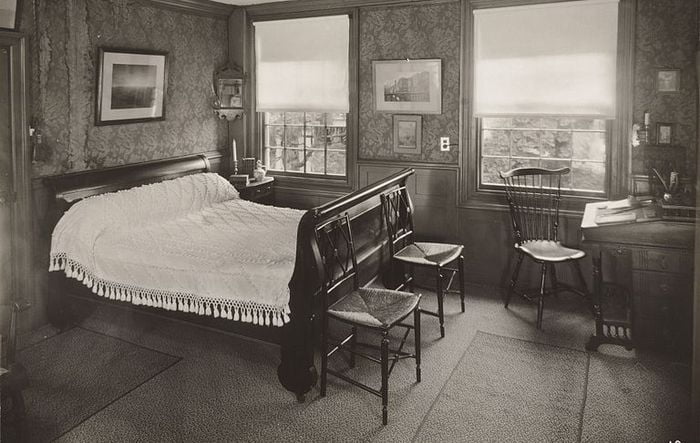17th Century Marvels
In the 17th century, calligraphy reached its zenith, not only elevating Ottoman art but also permeating beyond palace confines to cultivate aesthetic tastes among the people. Ahmed Karahisari and his disciple Hasan Qelebi, who followed the Yakut School in the 18th century, left an indelible mark on calligraphy. Revered as “Karahisari, the victory of calligraphy,” their magnificent works surpassed all styles.
Sultans Embrace Calligraphy 19th Century Renaissance
Even in the 19th century, calligraphy retained its significance within the Ottoman Empire, drawing interest from Sultans themselves. Notably, Sultan Mahmut II Read More about Calligraphy The Dance of Pen and Ink, mentored by Mustafa Rasim Efendi, produced masterpieces for the Chief of Religious Officials building in Topkapi Palace, earning him the title “the Sultan of Calligraphers.”
Turkish Artistic Supremacy
Capturing the essence of talent and superiority in the art of calligraphy is the phrase, “The Koran was revealed in Mecca, narrated in Egypt, and written in Istanbul Customized Tours Istanbul.” For centuries, calligraphy served as a livelihood for many until the advent of the printing machine diminished its prominence. Today, various public and private institutions are dedicated to preserving this art form, which holds special significance in Turkish history. Exceptional works are showcased in auctions, ensuring the enduring legacy of calligraphy.








